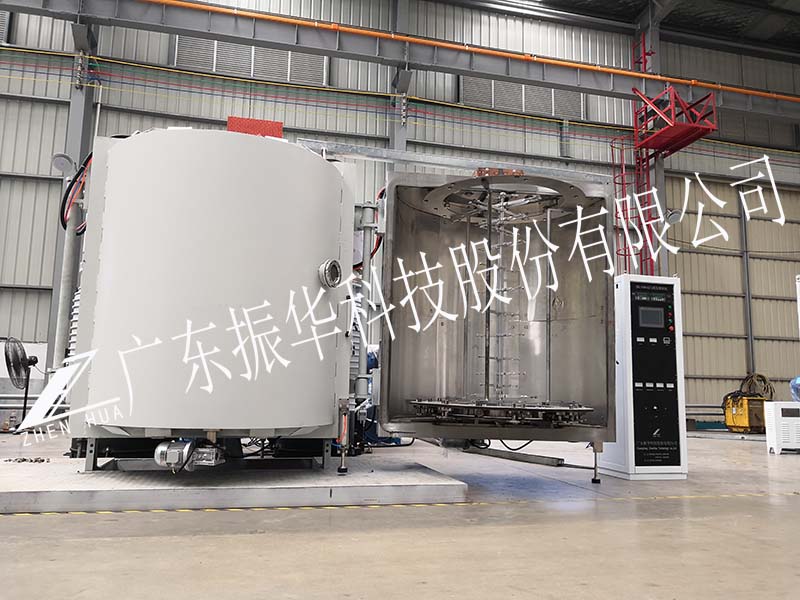Resistance evaporation source coating is a basic vacuum evaporation coating method. “Evaporation” refers to a thin film preparation method in which the coating material in the vacuum chamber is heated and evaporated, so that the material atoms or molecules vaporize and escape from the surface, forming a vapor flow phenomenon, incident on the surface of the substrate or substrate, and finally condensed to form a solid film.
The so-called resistance evaporation source coating method is to use tantalum, molybdenum, tungsten and other high melting point metals to make an appropriate shape of evaporation source, which is loaded with materials to be evaporated, let the air flow through, directly heat and evaporate the evaporated materials, or put the materials to be evaporated into alumina, beryllium oxide and other crucibles for indirect heating and evaporation. This is the resistance heating evaporation method.
The vacuum evaporation coating machine heated and evaporated by resistance heater has the advantages of simple structure, low cost and reliable use. It can be used for evaporation coating of materials with low melting point, especially for mass production with low requirements for coating quality. So far, there are still a large number of coating processes of resistance heating and evaporation put into use in the production of aluminized mirrors.
The disadvantages of resistance evaporation source evaporation coating method are that the maximum temperature that can be reached by heating is limited, and the service life of the heater is also short. In recent years, in order to improve the life of the resistance evaporation source, the equipment factory has adopted the conductive ceramic material synthesized by boron nitride with a long life as the evaporation source. According to a Japanese patent report, it can use materials composed of 20%~30% boron nitride and refractory materials that can be fused with it to make the evaporation source (crucible), and coat its surface with a layer of zirconium containing 62%~82%, and the rest are zirconium-silicon alloy materials.
Post time: Apr-22-2023


